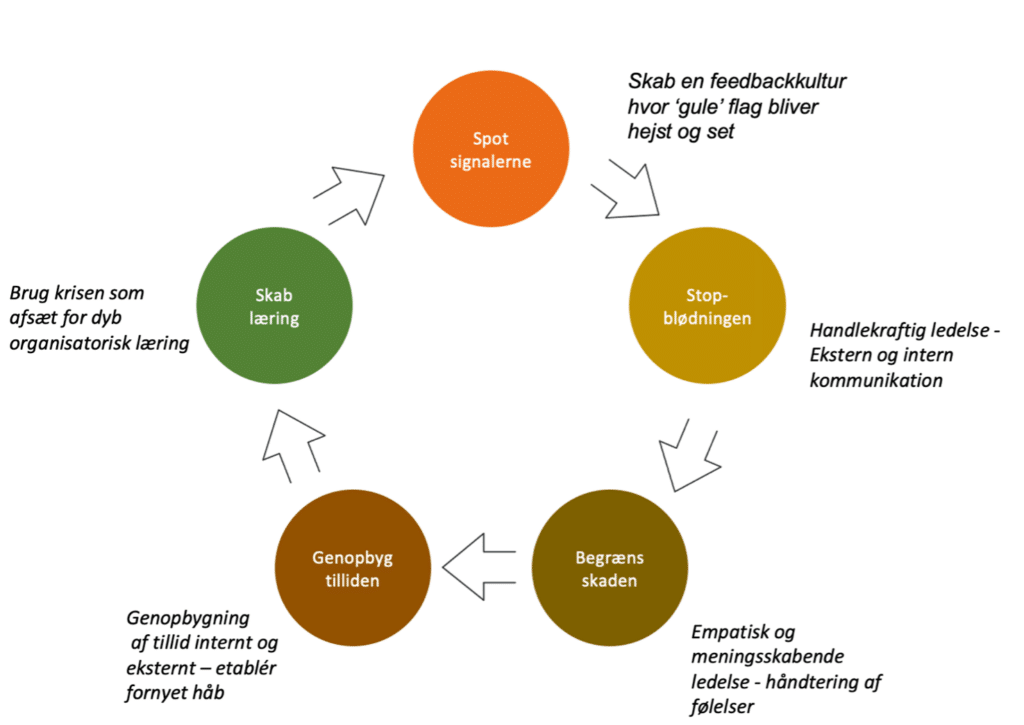Do you have a potential scandal in your organization that you've turned a blind eye to for far too long? Maybe you're part of the problem yourself? Then it's time to defuse the bomb. Because it will go off sooner or later, and if you haven't acted proactively, it will get much worse.
In recent weeks, we have seen two spectacular examples of scandals that have exposed abusive and transgressive management behavior from top managers who have exploited their position of power in an illegitimate and transgressive way. Here, of course, I'm thinking of 3F boss Per Christensen's double relationship that eventually brought him down, and at the same time opened Pandora's box to stories from the organization about a number of years of poor psychological work environment in management, bullying and fear-based management.
The second case I'm thinking of is the employment and integration administration in the City of Copenhagen, where Mayor Cecilia Lonning-Skovgaard, now hard-pressed by negative press exposure, admits to incidents of inappropriate and abusive behavior. She explains it as a cocktail of stress, temper and passion, and will now seek professional help. Good for her and good for the organization.
The problem is that it happens far too late. Only after three CEO firings in four years and countless incidents of abuse and abusive behavior do the officials step out of their duty of loyalty and leak the case to the press. What both cases have in common is that neither of the two top executives took proactive preventive action and recognized that their leadership behaviour was a problem for themselves and the organization. It is characteristic of both of the above cases that they have a long history where many have known that something was wrong, but it has been suppressed, excused and accepted in the culture. Bad culture, whether it tacitly accepts abuse, bullying, fraud or abuse of power, is the responsibility of management.
READ MORE ABOUT OUR CONSULTING SERVICES
Leadership in crises and scandals
At LEAD, we work primarily with the dynamics that play out on the inside of organizations, with a particular focus on the psychological, managerial and organizational aspects of crisis management. Since no two crises are the same, we always tailor our services to fit the context and needs of each individual organization.
The core leadership task
As a (top) manager, you are responsible for the culture that permeates the organization. And this is where you should take action. In the model shown below, the phases 'stop the bleeding', 'limit the damage' and 'rebuild trust' are all about dealing with a scandal once the bomb has gone off. This part places high demands on management, and research shows that management's handling of the scandal is hugely important to how well the organization comes through.
However, in this context, I'm more concerned with the 'create learning' and 'spot the signals' phases, where it's about building a preventative culture and management practices and creating a feedback culture where yellow flags are raised and spotted early.
First and foremost, it's about recognizing that you as a leader have a special responsibility to take the lead in developing a preventative culture. Next, it's about identifying the factors that promote an unhealthy culture and the factors that promote a healthy culture and working systematically with them.




